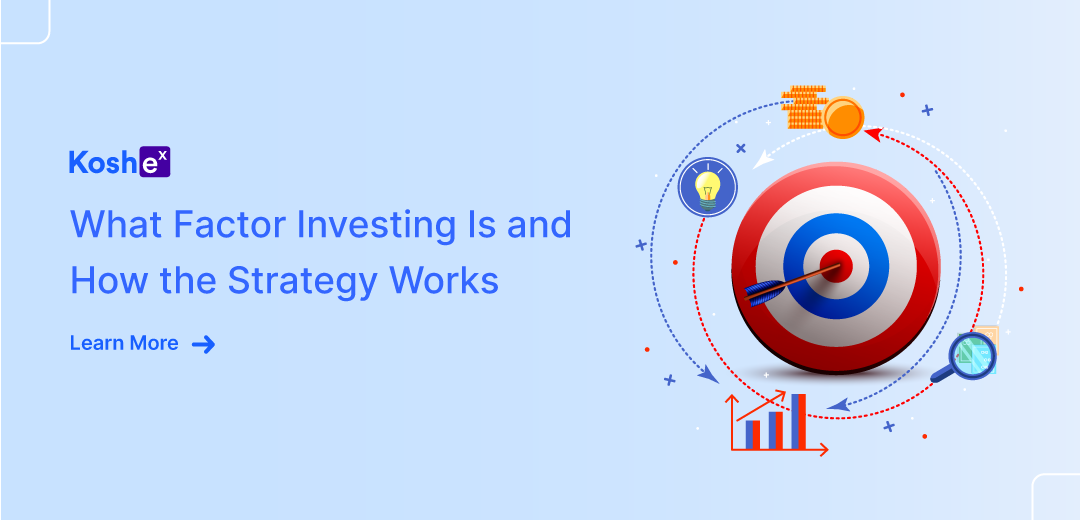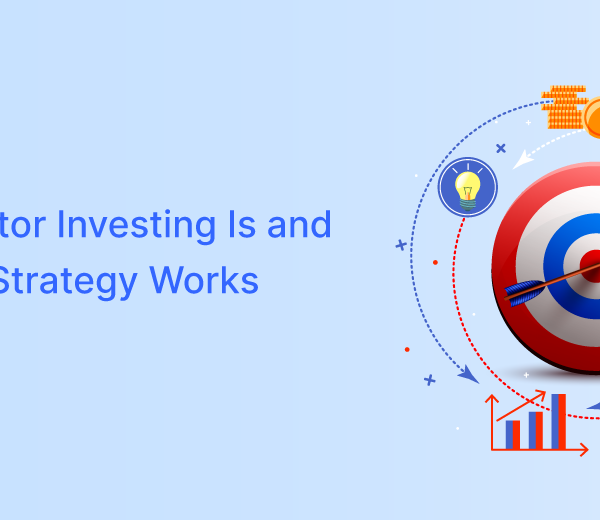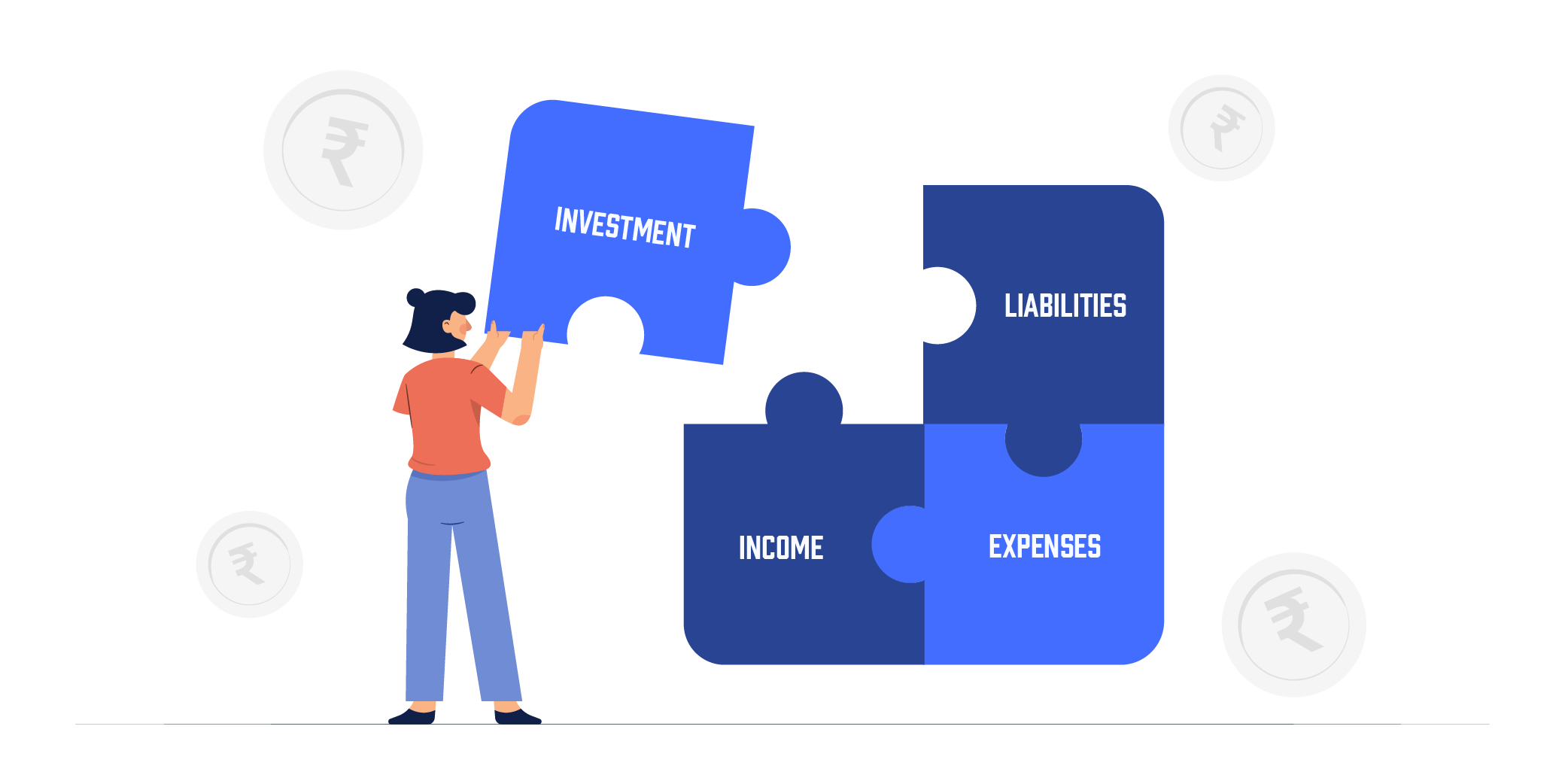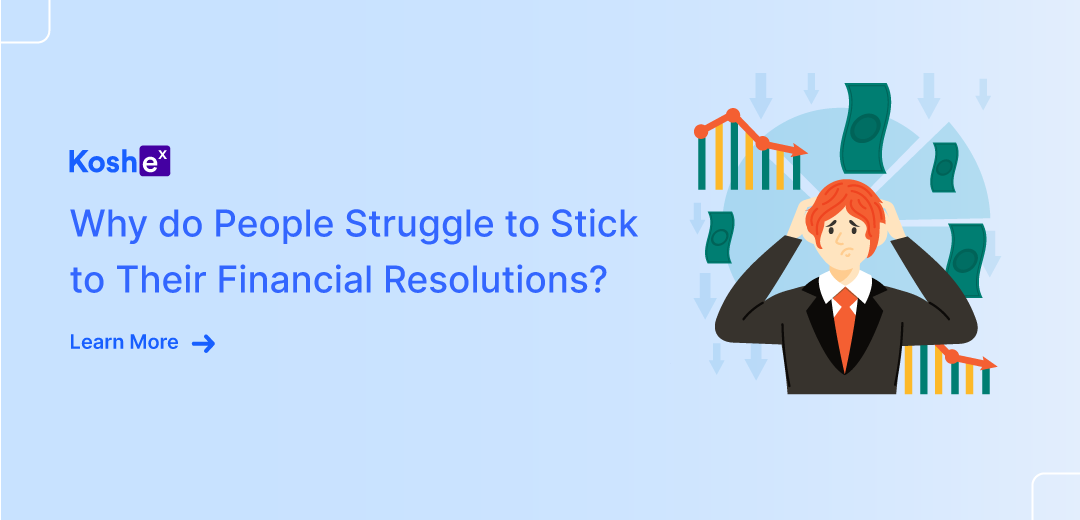Factor investing is an investment strategy that involves choosing assets based on a certain set of factors or attributes. In this blog, we talk all about factor investing, its history, style factors, its advantages, and disadvantages.
What Is Factor Investing?
Factor investing is an investment strategy that involves choosing assets based on a certain set of factors or attributes. For example, some selecting stocks that are undervalued is investing in value as a factor.
But what are the factors? Factors are securities, what nutrients are to food. For example, just as milk contains fats and protein that contribute to its nutritional value, a stock might have value and momentum attributes that drive its returns.
There are two main types of factors that have driven returns of stocks, bonds, and other factors: macroeconomic factors and style factors.
With the accessibility of exchange-traded funds (ETFs), factor investing is no longer confined to the elite, as it presents a balanced combination of passive and active investment management.
Also Read: Everything You Need to Know About Nifty 50 ETFs
What Is The History Of Factory Investing?
Factor investing originated from the Capital Asset Pricing Model (CAPM) in the 1960s. The CAPM posited that every stock has some level of sensitivity to the movement of the broader market, which is measured as beta. Even though the CAPM helped provide a framework for pricing assets, empirical research provided evidence that stock market returns did not exactly follow the model’s framework. Instead, there was evidence that stock market returns were correlated to the stock’s characteristics.
One of the earliest observations was that the size of a company’s market capitalisation is an important consideration for investors. Usually, small-cap stocks perform better than large-cap stocks. This explains the performance of stock returns that deviates away from the explanations provided by the CAPM.
What Are The Key Factors?
The following factors have been identified by academics and widely adopted by investors over the years as key exposures in a portfolio.
Size Factor
The size of the company is an important consideration for investors. In factor investing, investors are more inclined to include small companies with high growth because small-cap stocks historically offer higher earnings than large-cap stocks.
This could be because of the inherently risky nature of small-cap stocks: Smaller companies are typically more volatile and have a higher risk of bankruptcy and investors expect to be compensated for taking on that additional level of risk.
Value Factor
Value investing involves buying assets that are underpriced using fundamental analysis. It is most often measured using the price-to-earnings ratio, the amount of dividends, and the quantity of free cash flows of the company.
Nobel Laureate Eugene Fama and researcher Kenneth French demonstrated that stocks with high book-to-price ratios outperformed stocks with lower ratios. Empirical results also seem to indicate that value investing has generated excess returns over time.
Momentum Factor
The concept of momentum investing is about examining price trends to forecast future returns. In 1993, well-known finance scholars, Narasimhan Jegadeesh and Sheridan Titman demonstrated that stocks that had outperformed in the medium term often continued to perform well, and vice versa for stocks that had lagged.
The explanation for why momentum investing has worked has been a topic of much debate, but many make a behavioural argument that investors tend to underreact to improving fundamentals or company trends. It’s not until a stock is outperforming that it catches the attention of investors and they pile into the trade. This dynamic allows investors to keep winning and momentum investing to work.
Quality Factor
Investors want to invest in a financially healthy company. It means having low debt-to-value ratios, high return on assets, and high return on equity. Companies that generate superior profits, possess strong balance sheets and demonstrate stable cash flows should be able to consistently outperform over the long term.
Dividend Yield Factor
This is based on the concept that securities with higher yields have offered superior returns over time. In essence, this is the return investors expect to receive simply from the passage of time, based on the yield earned. Like other factors, the yield factor exists across asset classes and is often referred to as “carry” when applied to fixed income or currencies.
Low Volatility Factor
The major aim of this approach is to own stocks that have lower risk or return volatility than the broader market, which has historically resulted in higher risk-adjusted returns.
Low-volatility portfolios have tended to experience smaller drawdowns, and investors have benefitted from the compounding of positive excess returns in a down market. Considerable research has shown that low-volatility portfolios may also outperform the broader market over time.
Macroeconomic Factors
These factors play an important role in factor investing, as they influence the performance of various investment factors. We are explaining a few major macroeconomic factors here:
Interest Rates – Lower interest rates can benefit small-cap stocks by reducing borrowing costs. This can help smaller companies expand. On the other hand, higher rates can favour large-cap stocks because of their stronger balance sheets.
Inflation – Value stocks may perform better during periods of high inflation, as they often have tangible assets and pricing power that help them maintain profitability.
High inflation can affect low-volatility and quality stocks. This is because these companies may struggle to pass on increased costs to consumers, thus affecting their margins. On the other hand, during periods of low inflation, these factors often perform well.
Economic Growth – High economic growth generally benefits growth stocks, as increased economic activity can drive higher earnings growth. Small-cap stocks can also thrive during periods of strong economic growth because of their higher growth potential.
Unemployment Rates – High unemployment and economic uncertainty can make defensive factors like quality and low volatility more attractive as investors look for stability. Factors tied to economic cycles, like small-cap and value stocks, may underperform during high unemployment but can rebound strongly as employment improves.
What Are The Advantages Of Factor Investing?
Factor investing offers several advantages and we have mentioned a few here:
Diversification – Factor investing helps diversify your portfolio, which lowers a portfolio’s exposure to risk. Factors can improve diversification as style and macroeconomic factors cover various situations in the economic cycle.
High Returns – Factor investing can help offer high returns by focusing on factors that have historically outperformed the market, like value, momentum, or quality. With factor investing, investors can potentially achieve higher returns compared to a traditional market-cap-weighted index.
Systematic Approach – Factor investing follows a rules-based, systematic approach, removing emotional biases from investment decisions. This disciplined method can lead to more consistent performance over time.
What Are The Disadvantages Of Factor Investing?
Here are a few things to consider before doing factor investing.
Diversification Risks – Even though factor investing aims to diversify risk, it is still subject to systemic risks that affect the entire market. In times of broad market downturns, factor diversification may offer limited protection.
Data and Model Risk – Factor investing relies heavily on historical data and financial models. If the data is flawed or the models are not accurately capturing market dynamics, the strategy may not perform as expected.
Costs and Turnover – Some factor investing strategies may require frequent rebalancing to maintain exposure to desired factors. This can lead to higher transaction costs and tax implications. This can eat into your returns.
In Conclusion…
Factor investing can be a valuable approach when implemented. We hope you understood all about factor investing through the article. Before you use any strategy, consider your risk appetite and goals to make sure you invest in suitable instruments.
If you wish to invest in mutual funds, check out Koshex today. You can also check out our other blogs, covering financial markets, mutual funds, and personal finance.









Leave a Comment